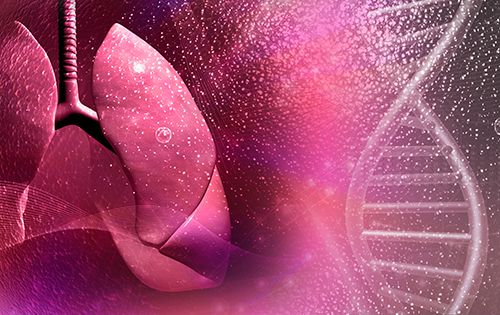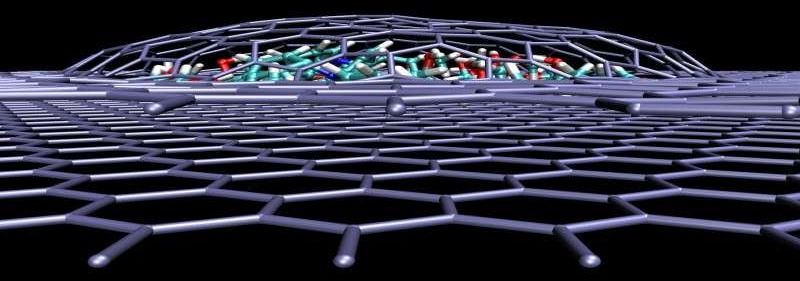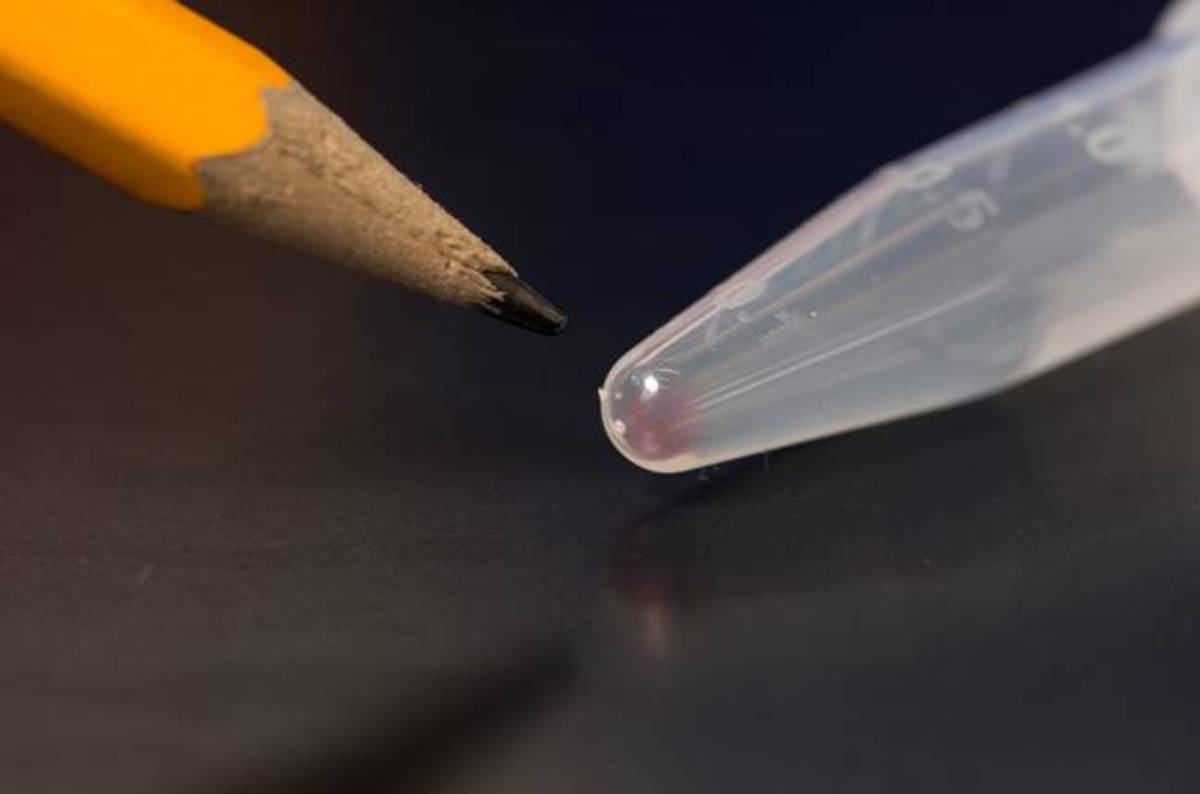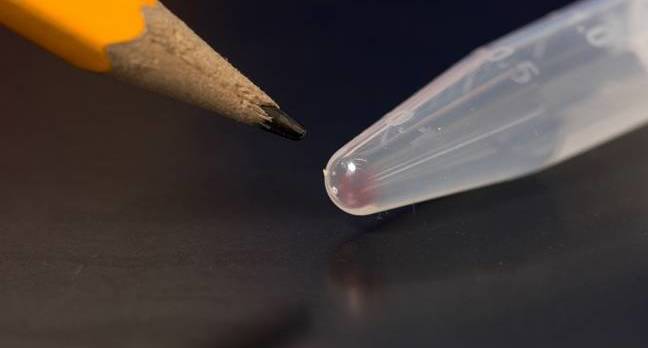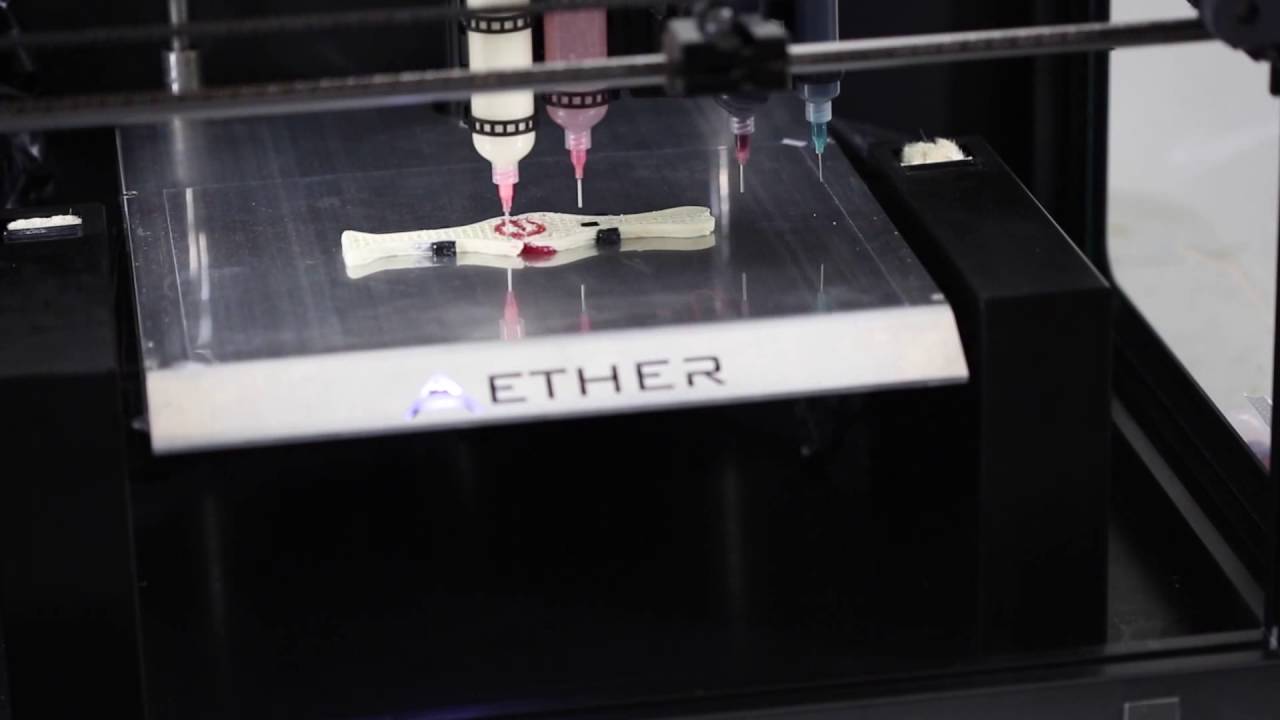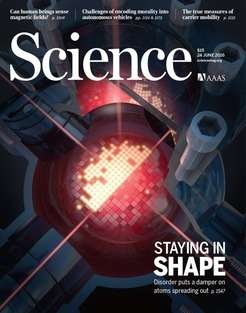I just last week saw the movie Neon Demon. The movie explores pathology of prettiness, and to what degree people demand to consume prettiness. This is a particularly futurist topic, as society might change a lot with regards to commidifying as well as synthesizing completely new forms of beauty. This arouses deep seated fears. We fear those who manipulate desire (love, lust, loneliness, among others) for their own benefit. But many in the field claim “it is just another job”. Is relationship now part of the “gig economy” or should our politicians interfere? Will a basic income increase these forms of prostitution or decrease them?
For all my Precision Medicine, Cancer researchers, and anti-aging friends researchers have id that the mitochondria pathway has been used by cancer cells to exploit for motility and metastasis.
Researchers have identified a new mitochondrial pathway that cancer cells exploit for motility and metastasis—providing a viable, “druggable” target for many different types of tumors. [NIEHS].
Being treated for high cholesterol with statins is being linked with a reduced risk of death and better survival from four common cancers, a medical conference has heard.
Among the patients in the study, almost 8,000 had lung cancer, 5,500 had breast cancer, 4,600 had prostate cancer and 4,500 had colon cancer, the researchers found. So the researchers think the statin treatment might explain the protective effect, rather than high cholesterol itself.
Data for patients admitted to United Kingdom hospitals between January 1, 2000-March 31, 2013 with the listed cancers were obtained from the Algorithm for Comorbidities, Associations, Length of stay and Mortality (ACALM) clinical database, which also provided data on comorbidities such as high cholesterol; mortality data was obtained from the Office of National Statistics.
If 3D printing is already impacting manufacturing today, what breakthroughs could bioprinting — or printing any mix of organic and inorganic materials — achieve tomorrow? In a recent video, a basic prototype of the Aether 1 bioprinter is shown printing two bones connected by a tendon using six materials that include synthetic bone, conductive ink, stem cells and graphene oxide.
While bioprinted organs are still a long way off — this video offers a glimpse into that future.
Finding evidence of many-body localization in a closed quantum system.
During equilibration ordinary many-body systems lose all information about the initial state. Every morning we experience an example for this behaviour. Milk poured into a cup of coffee mixes perfectly and after some time it is impossible to say how exactly the two fluids were put together. The same behaviour holds for almost all quantum systems. However, recently a new phenomenon called “many-body localization” has been predicted theoretically, which allows well insulated quantum systems to preserve memory of the initial state forever. Now a team of scientists around Dr. Christian Groß and Professor Immanuel Bloch (Director at MPQ and Chair of Quantum Optics at LMU Munich), in cooperation with David Huse (Princeton University), has obtained evidence of such a behaviour in a two-dimensional quantum system of cold rubidium atoms trapped in an optical lattice.
The scientists observed that – beyond a certain degree of disorder imprinted on the particle ensemble in the beginning – the system would relax into a steady state still containing detailed microscopic information about its past. “We were able to observe the transition from a thermalized state into a many-body localized phase”, Christian Groß points out. “It is the first observation of that kind in a regime that is not accessible with state-of-the-art simulations on classical computers.” The experiment is not only of fundamental interest; the results might also lead to new ways for storing quantum information.
Motivated by the foundational problem of how interacting particles behave in a disordered system, in the 1950s the American physicist Philip Warren Anderson discovered the famous localization phenomenon for non-interacting particles, now called “Anderson localization”. Here, disorder prevents the particles to move and consequently all transport is stopped. But what happens when disorder comes together with interactions? Will interactions lead to transport and thermalization, or will the localization persist even at high energies? So far, there is no theoretical model that faithfully predicts the evolution of a closed quantum system in more than one dimension under these conditions, although, the possibility for localization has been theoretically suggested.

